Local SEO is no longer optional — it’s essential. If you want your business to appear where customers are searching, you need a clear plan. The best local SEO checklists act as a roadmap, helping you optimize your online presence step-by-step. From fine-tuning your Google My Business profile to managing reviews and local citations, following a checklist keeps your strategy organized and effective.
This guide will walk you through the Local SEO ranking factors that matter most, tailored tips for local SEO for small businesses, and actionable insights to get results faster.
Why Local SEO Matters in 2025
Search behavior has shifted. More customers search online before visiting a physical store, restaurant, or service provider. According to industry data:
- Over 46% of all Google searches have local intent.
- 78% of local mobile searches result in an offline purchase.
- Businesses that rank in the top 3 of the local map pack receive the majority of clicks.
If you’re not visible locally, you’re invisible to potential customers. This is why investing in a solid Local SEO service is one of the smartest moves you can make.

Core Local SEO Ranking Factors
Understanding Local SEO ranking factors is the first step in creating an effective checklist. Google uses a mix of signals to decide which businesses appear in local search results:
- Google My Business Optimization
- NAP Consistency (Name, Address, Phone)
- Local Keywords in On-Page Content
- High-Quality Backlinks from Local Sites
- Online Reviews & Ratings
- Mobile Optimization
- Local Business Schema Markup
- Engagement Signals (Clicks, Calls, Directions)
Your checklist should address each of these areas to maximize ranking potential.
The Best Local SEO Checklists – Step-by-Step

Here’s a condensed version of what should be in the best local SEO checklists for 2025:
1. Google My Business (GMB) Setup & Optimization
- Claim and verify your profile.
- Use accurate business details (NAP).
- Select the right business category.
- Add photos, videos, and regular posts.
- Respond to reviews promptly.
- Enable messaging for quick customer contact.
2. Website & On-Page Optimization
- Include local keywords in titles, meta descriptions, and headers.
- Create location-specific landing pages.
- Ensure fast page loading speed.
- Make the site mobile-friendly.
- Add a clickable phone number.
3. Local Citations & Directory Listings
- Submit your business to reputable local directories.
- Ensure NAP consistency across all platforms.
- Monitor listings for accuracy.
4. Online Reviews & Reputation Management
- Request reviews from satisfied customers.
- Respond professionally to all reviews (positive or negative).
- Use reviews in your marketing materials.
5. Link Building for Local Authority
- Partner with local influencers and bloggers.
- Sponsor community events.
- Contribute guest posts to local publications.
6. Content Marketing for Local SEO
- Publish blog posts targeting local events and news.
- Create video content highlighting your services.
- Use case studies from local clients.
Local SEO for Small Businesses: Practical Tips
Small businesses have unique opportunities when it comes to local SEO. Here are a few actionable strategies:
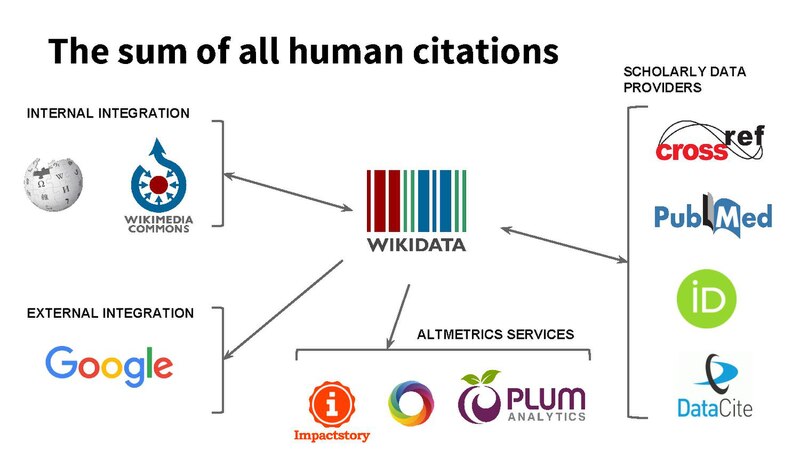
- Focus on hyperlocal keywords (e.g., “plumber near Main Street”).
- Network with other small businesses for backlinks.
- Engage actively in community events for PR and links.
- Use social media to share local stories and promotions.
Even without a large budget, small businesses can outrank big brands by being more relevant and locally engaged.

Local SEO Google My Business Optimization
Your Local SEO Google My Business profile is the cornerstone of your local presence. Many businesses fail to update or fully utilize their profile, leaving ranking potential on the table. To stand out:
- Post weekly updates (offers, events, news).
- Add geotagged photos.
- Use the Q&A section to address common customer queries.
- Track GMB insights to refine your approach.
Why You Need a Local SEO Service
Managing all these tasks can be time-consuming. Partnering with a Local SEO service ensures your strategy is consistent, optimized, and updated as search algorithms evolve. Professionals can:
Create a long-term growth plan.
Monitor ranking changes.
Keep your citations accurate.
Track and improve online reviews.
Final Thoughts

The best local SEO checklists help you stay organized, measure progress, and ensure no ranking factor is overlooked. Whether you handle your own SEO or work with a professional Local SEO service, following a proven checklist can mean the difference between being found or forgotten.
In 2025, visibility is everything. Start with the essentials, refine your strategy, and dominate your local market.

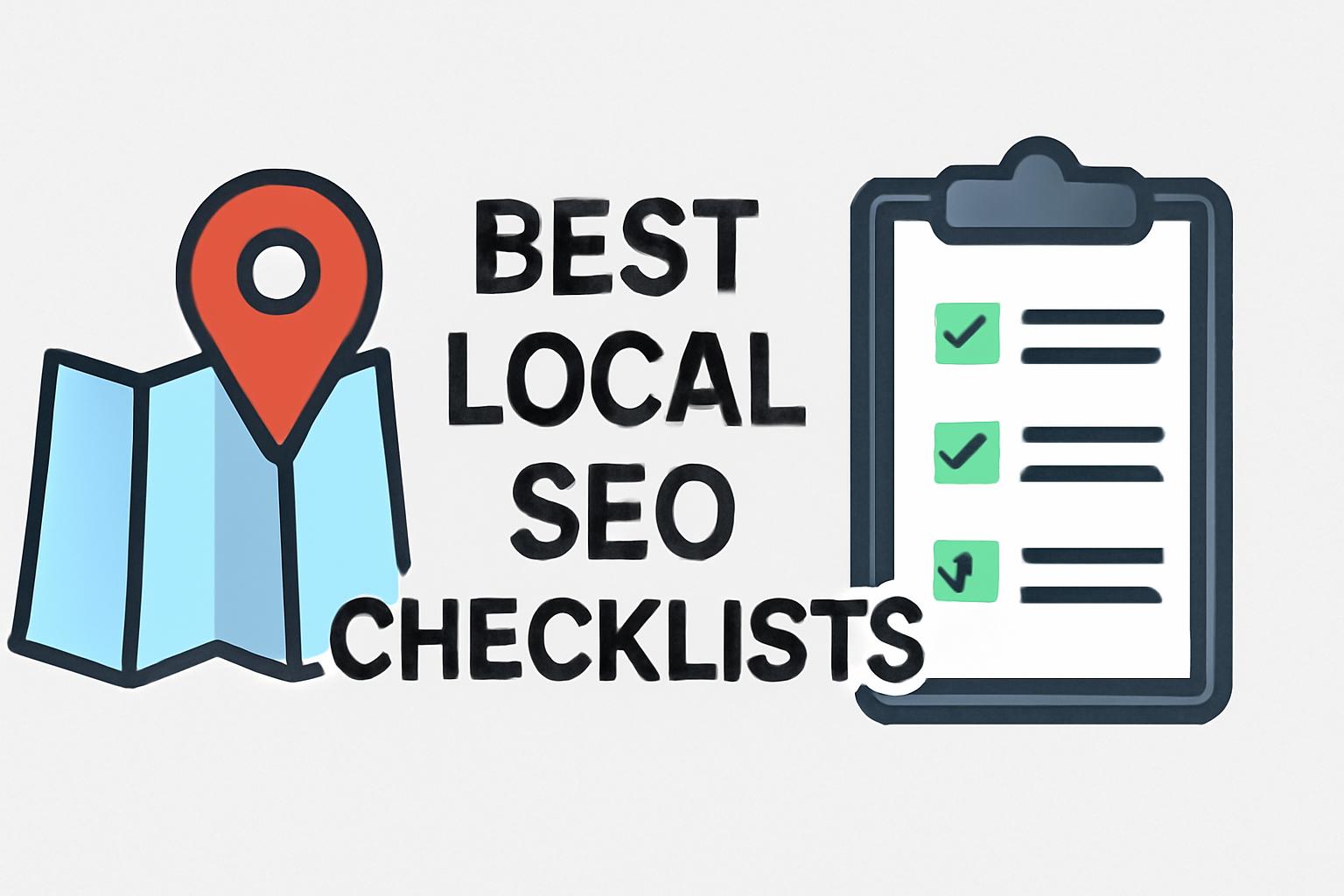
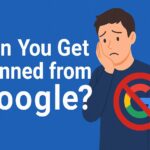
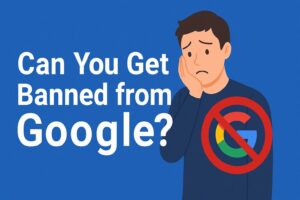


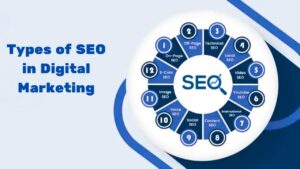

Add comment
You must be logged in to post a comment.